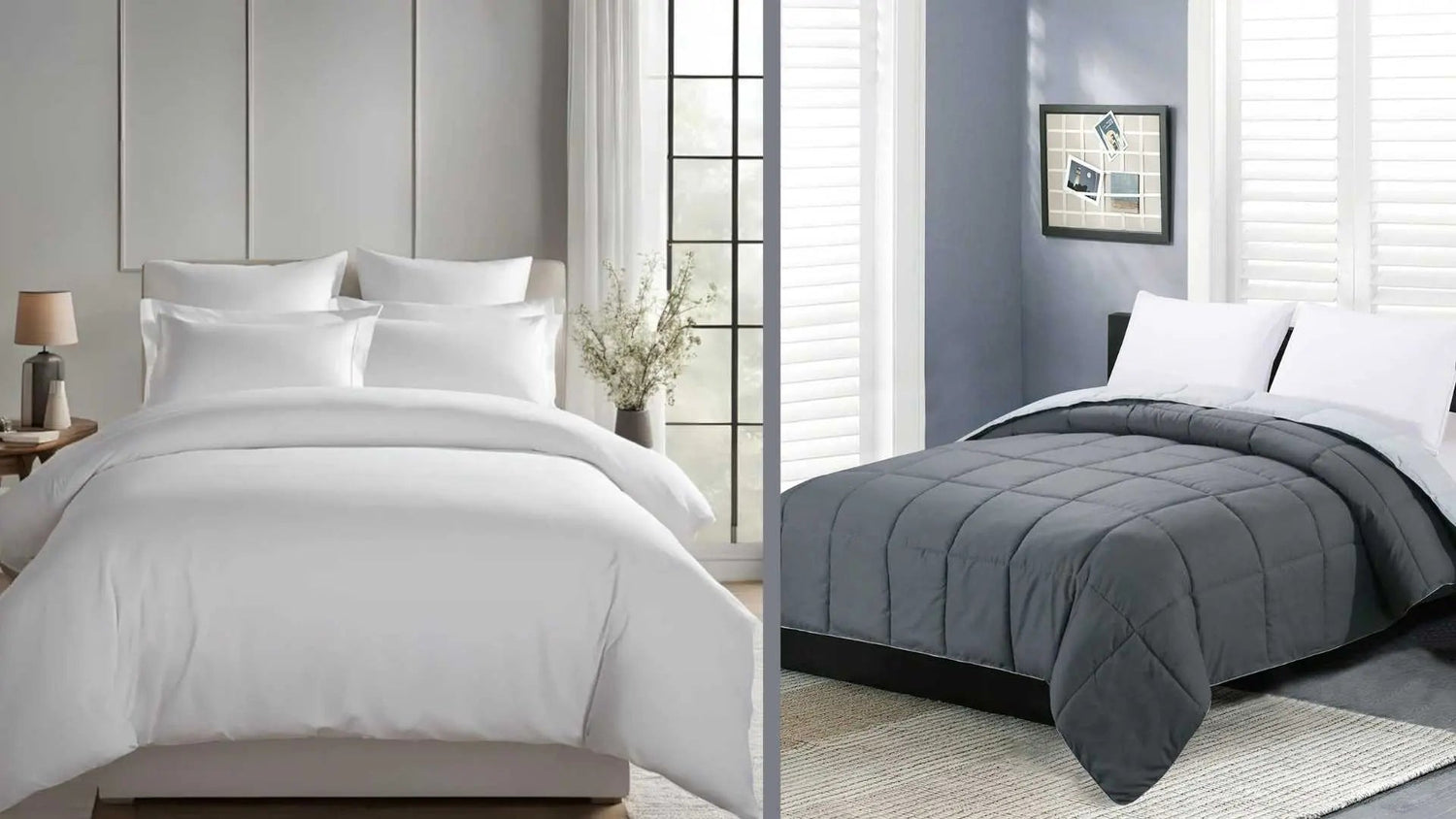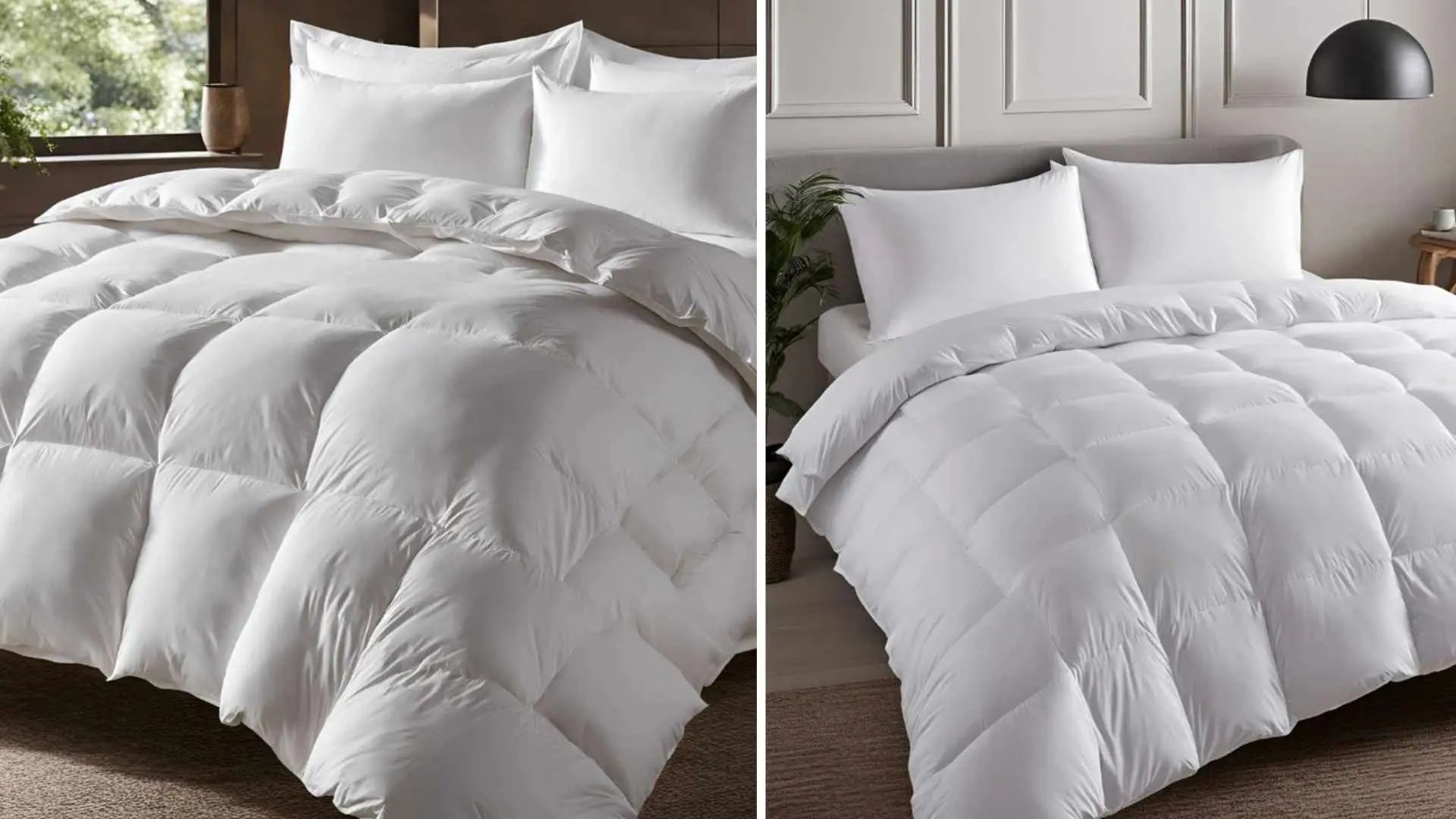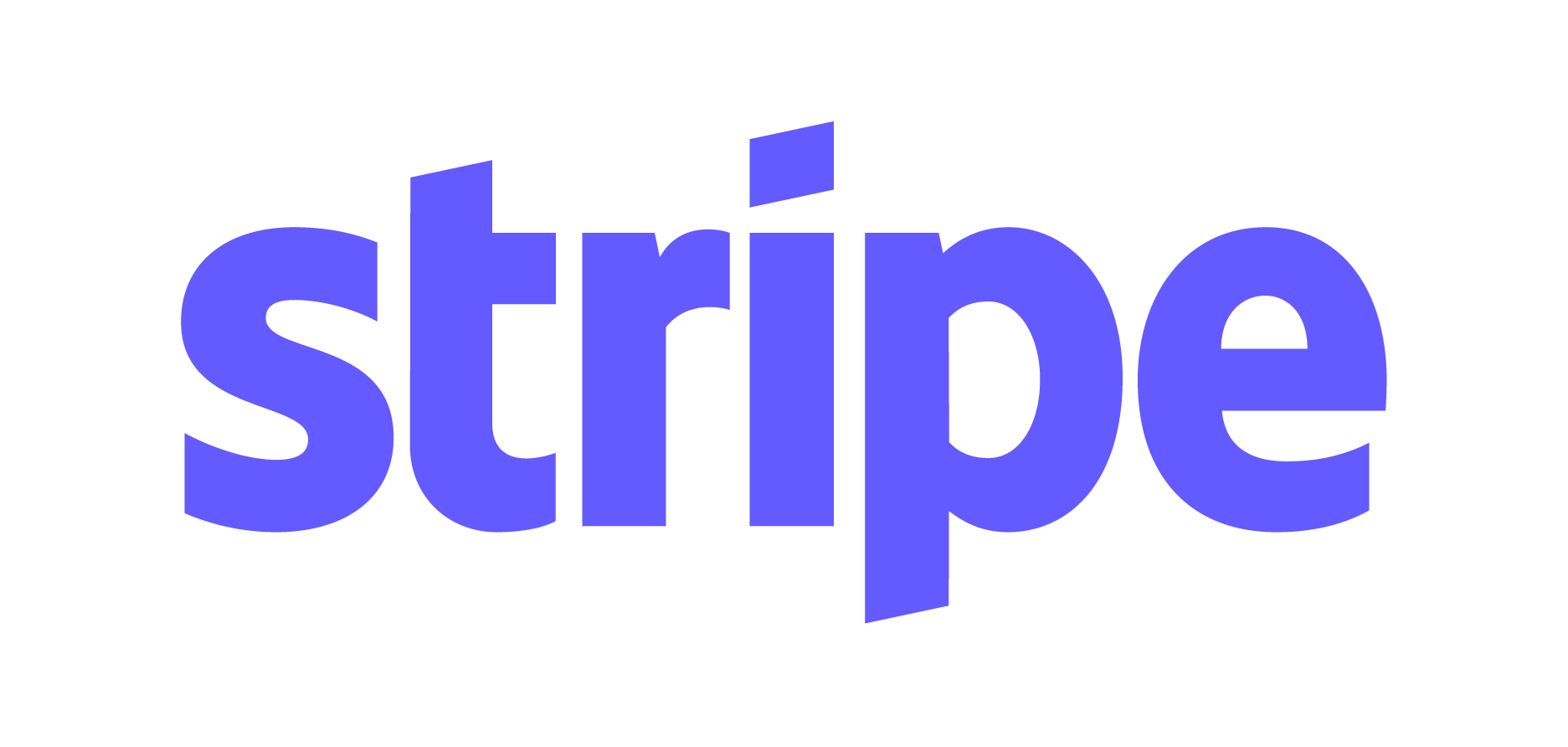Are you struggling to choose between a duvet cover and a comforter for your bedroom? You're not alone.
Many homeowners and interior design enthusiasts find themselves puzzled by the differences between these two popular bedding options.
In this comprehensive guide, we'll unravel the mystery of duvet covers versus comforters, helping you make an informed decision that suits your sleep style, budget, and home decor preferences.
Introduction
When it comes to creating a cozy and inviting bedroom, your choice of bedding plays a crucial role.
Two of the most popular options are duvet covers and comforters. While they may seem similar at first glance, these bedding solutions have distinct characteristics that set them apart.
A duvet cover is essentially a protective sleeve for a duvet insert or comforter.
It's like a pillowcase for your comforter, allowing you to easily change the look of your bedding without replacing the entire comforter.
On the other hand, a comforter is a thick, quilted, fluffy blanket designed to keep you warm.
It's typically filled with synthetic fiber or down and is meant to be used as-is, without a cover.
In this article, we'll dive deep into the world of duvets and comforters, exploring their differences, benefits, and drawbacks.
By the end, you'll have all the information you need to choose the perfect bedding for your home.
Understanding Duvet Covers
What is a Duvet Cover?
A duvet cover is a protective layer that encases a duvet insert or comforter. It's typically made of soft, washable fabric and features a closure system (such as buttons, ties, or a zipper) that allows you to insert and remove the duvet or comforter easily.
Purpose of a Duvet Cover
The primary purpose of a duvet cover is to protect your duvet insert or comforter from dirt, stains, and wear and tear. It acts as a barrier, extending the life of your more expensive duvet or comforter. Additionally, duvet covers offer a quick and easy way to change the look of your bedding without having to replace the entire comforter.
Benefits of Using a Duvet Cover
- Protection: Duvet covers shield your duvet insert or comforter from daily wear, spills, and stains.
- Easy Maintenance: Most duvet covers are machine washable, making it simple to keep your bedding fresh and clean.
- Versatility: With a duvet cover, you can easily change the look of your bedroom by swapping out covers seasonally or as your decor preferences change.
- Cost-Effective: Investing in multiple duvet covers is often more affordable than buying several comforters.
- Space-Saving: Duvet covers take up less storage space than multiple comforters, making them ideal for those with limited closet space.
Different Types of Duvet Cover Materials

Duvet covers come in a wide range of materials, each offering unique benefits:
- Cotton: Breathable, soft, and easy to care for. Egyptian and Pima cotton are premium options known for their durability and softness.
- Microfiber: Affordable, wrinkle-resistant, and quick-drying. Ideal for those on a budget or with allergies.
- Silk: Luxurious, smooth, and temperature-regulating. Perfect for those who want a touch of elegance in their bedroom.
- Linen: Durable, breathable, and gets softer with each wash. Ideal for hot sleepers or warm climates.
- Bamboo: Eco-friendly, naturally hypoallergenic, and moisture-wicking. Great for those with sensitive skin or environmental concerns.
Here is a detail blog about Duvet cover material types.
How to Put on a Duvet Cover (Step-by-Step Guide)
Putting on a duvet cover might seem like a magic trick—until you nail it. Here’s how to do it, step by step:
-
Prep Your Space:
Lay your duvet cover on the bed with the opening facing you. Smooth it out so there are no wrinkles. -
Align the Insert:
Place your duvet insert on top of the cover, aligning all corners perfectly. Pro tip: Give it a good shake so it’s evenly spread. -
The Burrito Method:
Starting at the closed end, roll the duvet cover and insert together like a giant burrito. This trick minimizes the struggle of stuffing it back in. -
Flip & Tuck:
Once rolled, flip the cover over so the opening is at the end of your roll. Unroll slowly and tuck in the insert as you go, ensuring every corner gets filled. -
Secure & Shake:
Use the ties or buttons inside to keep the insert in place. Then, give it a few vigorous shakes to distribute the filling evenly. -
Final Look:
Voila! Your duvet cover is on and ready to rock your bedroom style.
Duvet Cover Sizes and How to Choose the Right Size
Duvet covers come in standard bedding sizes: Twin, Full, Queen, King, and California King. To ensure a proper fit:
- Measure your duvet insert or comforter's length and width.
- Choose a duvet cover that matches these dimensions or is slightly larger (1-2 inches) for a snug fit.
- Consider the depth of your mattress and any toppers when selecting a size.
Pro Tip: Always check the specific measurements provided by the manufacturer, as sizes can vary slightly between brands.
Understanding Comforters
What is a Comforter?
A comforter is a thick, quilted, fluffy blanket filled with synthetic fiber or down. It's designed to keep you warm and is typically used as a standalone bed covering, without the need for a separate cover.
Purpose of a Comforter
The main purpose of a comforter is to provide warmth and comfort while you sleep. Comforters are designed to be used right out of the package, offering a complete bedding solution in one piece.
Types of Comforters
- Down Comforters: Filled with the soft undercoating of geese or ducks, down comforters are known for their exceptional warmth and lightness.
- Synthetic Comforters: Filled with polyester or other man-made fibers, these are hypoallergenic and often more affordable than down options.
- Wool Comforters: Naturally temperature-regulating and moisture-wicking, wool comforters are ideal for year-round use.
- Cotton Comforters: Breathable and hypoallergenic, cotton-filled comforters are great for those with allergies or who tend to sleep hot.
Comforter Fill Power and Its Importance
Fill power refers to the amount of space one ounce of down occupies in cubic inches. The higher the fill power, the more insulating and lightweight the comforter will be. Here's a quick guide:
- 400-500: Light warmth, suitable for warmer climates
- 500-600: Medium warmth, good for year-round use
- 600-700: Extra warmth, ideal for colder climates
- 700+: Supreme warmth, best for very cold environments
Comforter Warmth Ratings
Comforters often come with warmth ratings to help you choose the right option for your needs:
- Summer: Lightweight and breathable
- All-Season: Suitable for year-round use in moderate climates
- Winter: Extra warm for colder months or chilly sleepers
Duvet Cover vs Comforter: A Detailed Comparison
Now that we've explored duvets and comforters individually, let's compare them side-by-side to help you make an informed decision.
Fillings: Down, Synthetic, or Other Materials
Duvet Covers:
- Don't have fillings themselves
- Used with duvet inserts or comforters of various fillings
- Allow you to change the weight and warmth by swapping inserts
Comforters:
- Typically filled with down, synthetic fibers, wool, or cotton
- Filling is permanently sewn in
- Warmth and weight are fixed
Warmth: Which is Warmer and When to Use Each
Duvet Covers:
- Warmth depends on the insert used
- Easily adaptable to different seasons by changing inserts
- Can add extra layers for increased warmth
Comforters:
- Warmth is predetermined by the filling and construction
- Less adaptable to seasonal changes
- May require additional blankets for extra warmth
Care and Maintenance: Washing, Drying, Storage
Duvet Covers:
- Easy to remove and wash frequently
- Can be machine washed and dried in most cases
- Takes up less storage space when not in use
Comforters:
- Entire comforter needs to be washed, which can be challenging for larger sizes
- May require professional cleaning, especially for down-filled options
- Takes up more storage space
Aesthetics and Style: Design Options and Versatility
Duvet Covers:
- Highly versatile, allowing for easy style changes
- Available in a wide range of colors, patterns, and textures
- Can be easily swapped to match seasonal decor or personal preferences
Comforters:
- Come in various designs, but changing the look requires purchasing a new comforter
- Often have a more uniform, quilted appearance
- Less flexible for frequent style changes
Cost Comparison: Factors Affecting Price
Duvet Covers:
- Initial cost includes both the cover and insert
- Long-term costs can be lower due to the ability to change covers without replacing the entire bedding
- High-quality covers can be an investment but offer versatility
Comforters:
- One-time purchase for a complete bedding solution
- Higher-quality comforters (especially down-filled) can be expensive
- Replacing the entire comforter is necessary to change the look or warmth level
Summary Table: Duvet Cover vs Comforter
|
Feature |
Duvet Cover |
Comforter |
|
Filling |
Varies with insert |
Fixed |
|
Warmth |
Adjustable |
Predetermined |
|
Maintenance |
Easy to wash |
Can be challenging |
|
Style Versatility |
High |
Limited |
|
Cost |
Initial investment, lower long-term |
One-time cost, higher for replacements |
|
Storage |
Space-efficient |
Bulkier |
|
Seasonal Adaptability |
High |
Low |
Choosing Between a Duvet Cover and Comforter
Selecting the right bedding option depends on various factors. Consider the following when making your decision:
Pros and Cons: Duvet Covers vs. Comforters
Let’s break it down fast. Here’s the real deal:
Duvet Covers
Pros:
-
- Versatility: Switch up your style without replacing the entire bedding.
- Easy Maintenance: Machine washable and simple to update.
- Cost-Effective: Invest in a few covers and mix-and-match with one insert.
- Space-Saving: Takes up less closet real estate when you switch styles.
Cons:
-
-
- Extra Step: You need to buy a matching duvet insert.
- Setup Hassle: Some struggle with getting the insert in just right.
-
Comforters
Pros:
-
- All-in-One: Ready to use straight out of the package.
- Simplicity: No extra layers or fussing with covers.
- Uniform Look: A consistent style that’s hard to mess up.
Cons:
-
- Less Flexibility: Changing your look means buying a new comforter.
- Bulkier: Can take up more storage space and be trickier to clean.
Lifestyle and Preferences
- Duvet Cover: Ideal for those who enjoy changing their bedroom's look frequently or have a more dynamic lifestyle.
- Comforter: Better for those who prefer a low-maintenance, ready-to-use bedding solution.
Allergy Considerations
- Duvet Cover: Can be used with hypoallergenic inserts and washed frequently, making it a good choice for allergy sufferers.
- Comforter: Look for hypoallergenic options if allergies are a concern. Synthetic fills are often better for allergy-prone individuals.
Bedroom Decor
- Duvet Cover: Offers more flexibility in matching or changing your bedroom's aesthetic.
- Comforter: Choose a design that complements your long-term decor vision, as it's less easily changed.
Budget
- Duvet Cover: Higher initial cost but potentially more cost-effective long-term due to versatility.
- Comforter: Lower upfront cost for basic options, but premium comforters can be expensive.
Climate
- Duvet Cover: Adaptable to different seasons by changing inserts.
- Comforter: Choose based on your local climate and personal temperature preferences.
Storage Tips for Duvets and Comforters
Keeping your bedding fresh and fluffy when not in use is key. Follow these storage hacks:
-
Cool & Dry:
Always store your bedding in a cool, dry place to prevent moisture buildup and mildew. -
Breathable Bags:
Use a large, breathable fabric bag or a cotton storage bag. Avoid plastic bags that trap moisture and can lead to mustiness. -
Air It Out:
Before storing, let your duvet or comforter air out for a few hours. This keeps it fresh and prevents odor buildup. -
Loosely Folded or Rolled:
Fold or roll your bedding loosely instead of tightly compressing it—this preserves the loft and avoids damage to the filling. -
Seasonal Rotation:
Store off-season bedding separately, so you’re not fumbling through it all year round.
Common Mistakes to Avoid When Buying and Using Duvets/Comforters
Even with all the right information, it’s easy to make mistakes when choosing or using duvets and comforters. Here are some of the most common pitfalls, and how to avoid them.
1. Choosing the Wrong Size
One of the biggest mistakes is picking a duvet or comforter that doesn’t match your bed size. A too-small comforter won’t provide full coverage, while an oversized duvet insert can look bulky inside a standard duvet cover.
2. Ignoring Fill Power and Warmth Ratings
Not all duvets and comforters provide the same level of warmth. Choosing one with low fill power for a cold climate or high fill power for a warm climate, can lead to uncomfortable nights.
3. Skipping a Duvet Cover for a Down Insert
A high-quality down comforter is an investment, so why risk shortening its lifespan? Many people forget that duvet covers aren't just for style; they protect your comforter from dust, spills, and wear. If you're using a down comforter, always pair it with a duvet cover for easy maintenance.
4. Over washing or Under washing Your Bedding
Washing your duvet or comforter too often can wear it out; while neglecting it can lead to dust mites and allergens. A good rule of thumb? Wash duvet covers every 1-2 weeks, and clean your comforter or duvet insert every few months.
5. Not Securing the Duvet Insert Properly
Ever woken up to find your duvet insert bunched up inside the cover? That’s likely because it wasn’t secured properly. Always use the built-in corner ties, snaps, or buttons to keep the insert in place, and give it a good shake after putting the cover on.
6. Storing Your Comforter Incorrectly
Stuffing your duvet or comforter into a plastic bag can trap moisture, leading to mildew or odors. Instead, store it in a breathable cotton bag and keep it in a cool, dry place. For extra freshness, air it out before storing.
7. Not Fluffing or Shaking Your Comforter Regularly
Down and synthetic fillings can settle over time, making your comforter feel flat. Fluff it up by giving it a good shake every morning and tossing it in the dryer with dryer balls occasionally to restore loft.
8. Assuming One Comforter Works Year-Round
If you live in a place with distinct seasons, using the same comforter all year may not be ideal. Consider switching between a lightweight summer duvet and a heavier winter option—or opt for an all-season duvet with interchangeable layers.
By avoiding these common mistakes, you’ll get the most comfort, longevity, and style out of your bedding. A little extra attention to detail goes a long way in creating the perfect sleep setup!
Expert Tips for Choosing and Using Duvets and Comforters
- Invest in Quality: Whether you choose a duvet or comforter, investing in high-quality materials will ensure comfort and longevity.
- Consider Your Sleeping Temperature: If you tend to sleep hot, look for breathable materials like cotton or bamboo for duvet covers, or choose a lightweight comforter.
- Think Long-Term: While a duvet cover system might have a higher upfront cost, it can be more economical over time due to its versatility.
- Don't Forget About Texture: The feel of your bedding against your skin can greatly impact your sleep quality. Sample different materials to find what feels best to you.
- Pay Attention to Care Instructions: Some high-end comforters and duvet inserts may require special care. Make sure you're willing to follow the maintenance requirements before purchasing.
- Layer for Perfection: Regardless of your choice, layering your bedding with sheets, blankets, and throws can help you achieve the perfect sleep environment.
- Consider Eco-Friendly Options: If sustainability is important to you, look for organic cotton duvet covers or comforters made from recycled materials.
Conclusion
Choosing between a duvet cover and a comforter ultimately comes down to your personal preferences, lifestyle, and specific needs. Duvet covers offer unparalleled versatility and ease of maintenance, making them an excellent choice for those who enjoy frequently updating their bedroom's look or need adaptable bedding for different seasons. On the other hand, comforters provide a simple, all-in-one solution that's ready to use right out of the package, which can be perfect for those who prefer a low-maintenance option.
Consider your budget, climate, allergy concerns, and design preferences when making your decision. Remember that there's no one-size-fits-all answer – the best choice is the one that helps you create a comfortable, inviting sleep environment that you'll love for years to come.
Whether you opt for the flexibility of a duvet cover or the simplicity of a comforter, investing in quality bedding is an investment in your sleep quality and overall well-being. Sweet dreams!
FAQs
- Can you use a comforter without a duvet cover? Yes, comforters are designed to be used without a cover. However, using a duvet cover can protect your comforter and extend its lifespan.
- How do I wash a duvet cover vs. a comforter? Duvet covers can typically be machine washed and dried easily. Comforters, especially down-filled ones, may require professional cleaning or special care. Always check the care label for specific instructions.
- Which is warmer, a duvet cover or a comforter? The warmth depends on the filling and construction, not whether it's a duvet or comforter. A high-quality down duvet insert can be just as warm as a down comforter.
- Can I use a duvet cover with a down comforter? Absolutely! Using a duvet cover with a down comforter can protect your investment and allow you to easily change the look of your bedding.
- What is the best filling for a duvet insert or comforter? The best filling depends on your preferences. Down is known for its warmth and lightness, while synthetic fillings are hypoallergenic and often more affordable. Wool and cotton are natural options with excellent temperature-regulating properties.





Leave a comment
This site is protected by hCaptcha and the hCaptcha Privacy Policy and Terms of Service apply.